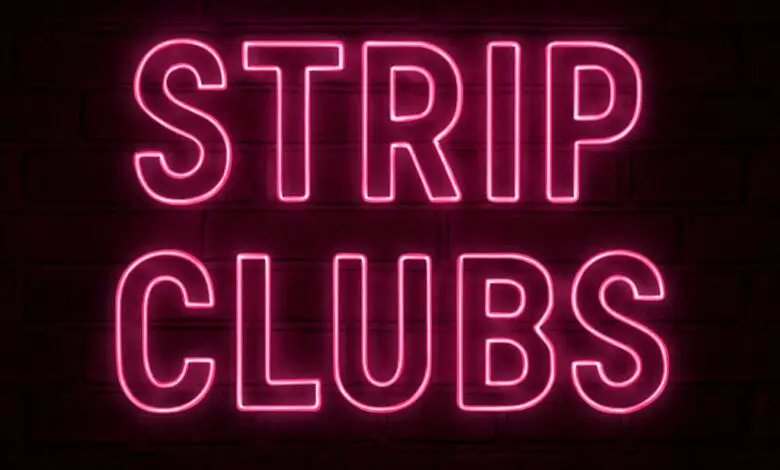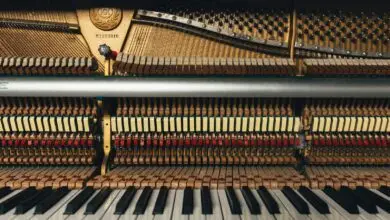Strip Clubs: The Raw Reality of an Industry of Illusion and Controversy

Since the start, strip clubs have maintained their position as meeting points between nightlife components and adult entertainment services, and their role in cultural discussions. These businesses create dual reactions of both interest and intense disapproval through their mixture of flashy lighting and concealed operations. The underlying aspect of strip clubs reveals fundamental societal changes in views about sexuality, as well as labor dynamics and power relationships.
The following paper moves past common stereotypes to give a detailed 700-word breakdown of strip club operations while examining their cultural appeal.
What Is a Strip Club, Really?
By definition, strip clubs serve as venues where performance artists do erotic dances either through voluntary tips or pre-determined fees in exchange for their show. A basic understanding of strip clubs indicates the industry hosts numerous complex aspects. Strip clubs exist in various shapes, including their dimensions, social status, legal status, purposes of service, and interaction rules between dancers and guests.
You’ll find:
Upscale gentlemen’s clubs offering VIP lounges and high-priced bottle service
Strip clubs with a casual atmosphere, along with local clientele, operate in a dive-style setting
Strip clubs based on thematic concepts such as LGBTQ+ and gothic-style attractions exist to serve special community needs.
Most strip clubs do not fit the dark or sleazy stereotype that society associates with this industry. These clubs adopt the exclusive nightclub atmosphere through fine decorations alongside performance dancers who work under controlled security conditions.
A Brief History: From Burlesque to the Mainstream
Alongside theatrical burlesque performance rose the precursor to strip clubs, which gained popularity during the 19th and early 20th centuries. Burlesque dancers presented entertainment programs which integrated comedic performances along with musical acts and progressively undressed in front of audiences. Modern-era strip clubs differ from their ancestors because their entertainment focuses on showing rather than showcasing nakedness.
Strip clubs evolved into modern facilities during the mid-20th century, mainly within the United States. The adult entertainment market in Las Vegas and New Orleans experienced parallel growth with changing social tolerance. Urban nightlife incorporated strip clubs as permanent establishments between the 1970s and 1980s.
Strip clubs worldwide generate billions of dollars in revenue annually while operating in cities from Tokyo to Toronto.
Inside the Business: Who Works There and How?
Common assumptions about strip clubs relate solely to performers, but their operation resembles other commercial establishments. The establishment operates similarly to other businesses in its multiple operational components.
- The dancers/entertainers perform independently as contractors while paying house fees and keeping their dance performance earnings and tip revenue.
- Club Owners and Managers supervise all operational aspects while holding responsibility for licenses. They may also recruit performers.
- Staff members responsible for drink and food service duties work as bartenders and servers.
- Safety staff members at the club function as enforcers of all rules while maintaining security throughout the premises.
- DJ technicians with lighting specialists orchestrate the atmosphere, directing stage procedures.
Most dancers possess athletic skills, along with creativity and entrepreneurial capability. Through social media, they control their programmed routine and market themselves while branding themselves. Dancers choose employment at this establishment to pay for college expenses, support their families, and create future business enterprises.
Common Misconceptions About Strip Clubs
Strip clubs are frequently misunderstood. People hold famous stereotypes about strip clubs, which these facts disprove:
Myth 1: All Strip Clubs Are Unsafe or Exploitative
The reality shows that abuse occurs throughout every sector, yet many strip clubs maintain strict regulations together with security systems, and dancers maintain their own boundaries. Worker advocacy grows stronger in the industry, and certain clubs provide employee benefits, including unionization benefits.
Myth 2: Strippers Are Desperate or Have No Other Options
Workers opt for strip club employment because it offers good pay and flexible hours. Strippers include educational seekers, creative individuals, and business owners who use their earnings to pursue their immersive interests.
Myth 3: Strip Clubs Encourage Crime or Immorality
The reality shows that legal clubs function under thorough guidelines established by state or municipal authorities. Adult entertainment remains consensual, while human trafficking issues remain distinct from any type of legal and voluntary services.
Legal, Ethical, and Social Issues
The legal position of strip clubs remains uncertain because municipal statutes show constant fluctuations. Different zones in various cities enforce distinct laws about zoning and drink service, as well as requiring nude or partially nude performances. Some zones let customers see full nudity yet forbid alcohol consumption, and other regions allow just topless entertainment.
Staff members in the adult entertainment industry face ongoing ethical controversies.
- Dancers receive empowerment or face objectification during their work.
- The industry stands to advance healthy sexual norms, or it sustains dangerous sexual stereotypes.
- Does the interaction of gender with race determine how performers are presented to the market and treated by industry professionals?
Complex answers prove elusive, yet fundamental to understanding the connection between body independence and work regulations.
The Strip Club in Pop Culture
Strip clubs appear frequently throughout popular culture because they figure heavily in smash hits like Hustlers and Showgirls, multiple music videos, and stand-up comedy segments. Through empowering leadership, Cardi B and Amber Rose have used their past stripper experiences to create business opportunities while promoting self-empowerment.
Because of its dual effects, the media’s treatment of the strip club world contains both positive illumination and negative ridicule. The portrayal in the media hardly shows the true nature of the individuals it represents.
What’s Next? The Future of Strip Clubs
The adult entertainment industry is transforming because of digital platforms, including OnlyFans and virtual reality clubs. Dancers can earn money online, eliminating their need to enter actual clubs. A significant number of experts believe that either of these trends may minimize physical club attendance, but others find them working together harmoniously.
The trend for
- Dancer unionization
- Better workplace protections
- More inclusive hiring practices
- Dancers form their own establishments, which they run as owners
Modern strip clubs are transforming into inclusive spaces that provide professional sensual entertainment options to redefine sensual entertainment.
Final Thoughts
Strip clubs exist as more than adult bars since they function as both cultural reflections and economic hubs, facilitating empowerment for their visitors through performance. Our society includes strip clubs as a permanent element, regardless of how you perceive them.
To comprehend strip clubs, everyone needs to bypass stereotypes so they can hear the stories that lie beneath the dazzling lights.



